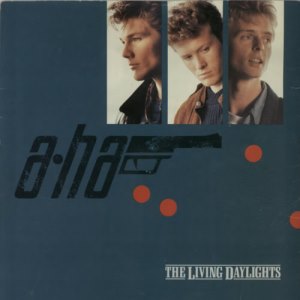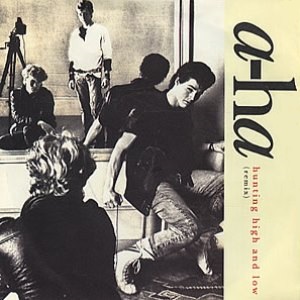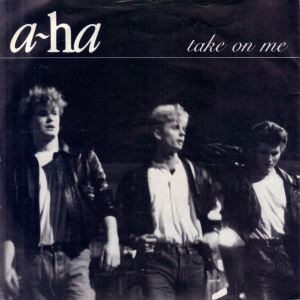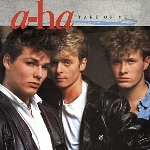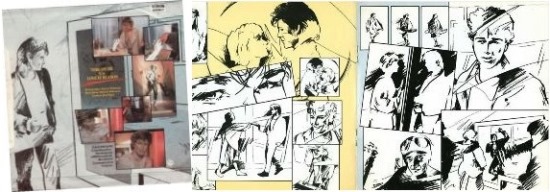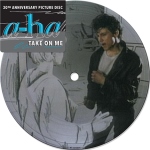
Warner Bros W8846
Flexi discs, launched in the early 1960s as Soundsheets, were one-sided records pressed on flimsy vinyl played on the same turntables as their rigid vinyl equivalents. (Such was their lack of mass that sometimes the weight of the stylus became too much for them, and the disc would become pinned to the turntable.) They were cheap to produce and easy to distribute due to their light weight and ability to bend without breaking, but due to their shallow grooves the sound reproduction potential was limited. Consequently, flexi discs were often used for promotional purposes, commercial releases being pressed as the usual two-sided 7”s. They were ideal if the sounds that were being distributed were fairly lo-fi, for example a recording of a conversation rather than a piece of music. As a result, bands often used them to record special messages for fans, giving them away free to fan club members for example. Flexi discs were of an era when hearing your favourite star speak was a rare event, and making a recording of him or her speaking was difficult to arrange.
The music press also used them regularly, although during the 1980s flexi discs gave way briefly to cassettes and were then replaced altogether by CD. All three formats could easily be taped to the front of a magazine and were an inexpensive way of allowing readers to hear the music written about inside. Flexi discs were the most convenient of the three given that they weighed much the same as a sheet of the magazine’s paper, and could be rolled up (for short periods of time) just as easily as the magazine, making transportation simple. The only reasons cassettes and CDs superseded them was the amount of music these two formats could hold, and the sound quality. Flexi discs survived into the 1990s but became obsolete when the hardware to play them became scarce.
But in 1986, the flexi disc was still the medium of choice for the British music press, and in March No.1 magazine gave away a copy of the A-Ha track, The Sun Always Shines On TV. It was not the version of the song that had featured on the commercial 7” single released in 1985; instead, an “Exclusive US Dance Mix” was included. This was the 12” version of the song, edited down to fit comfortably on the giveaway, which No.1 described as a “flexi picture disc”. The members of the group provided a short, spoken introduction to the track. It was intended that readers would store the flexi disc inside “The No.1 A-Ha Flexi Book”, which had been a gift with the previous week’s issue. This included extracts from a recent interview with the band for the magazine’s regular ‘Person-2-Person’ column, and photos.
NEW SINGLES on sale from Dec. 16
1985
A-HA The Sun Always Shines On TV (Warner Bros W8846)
